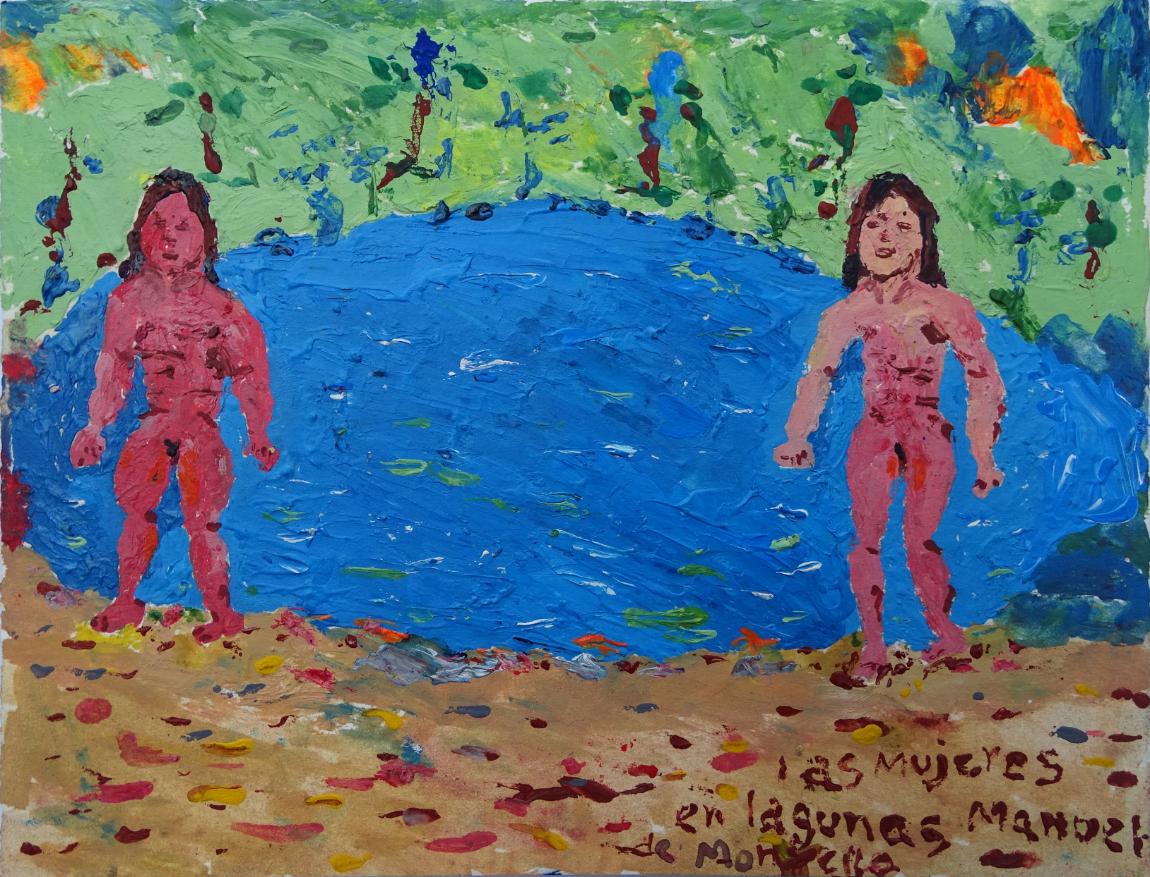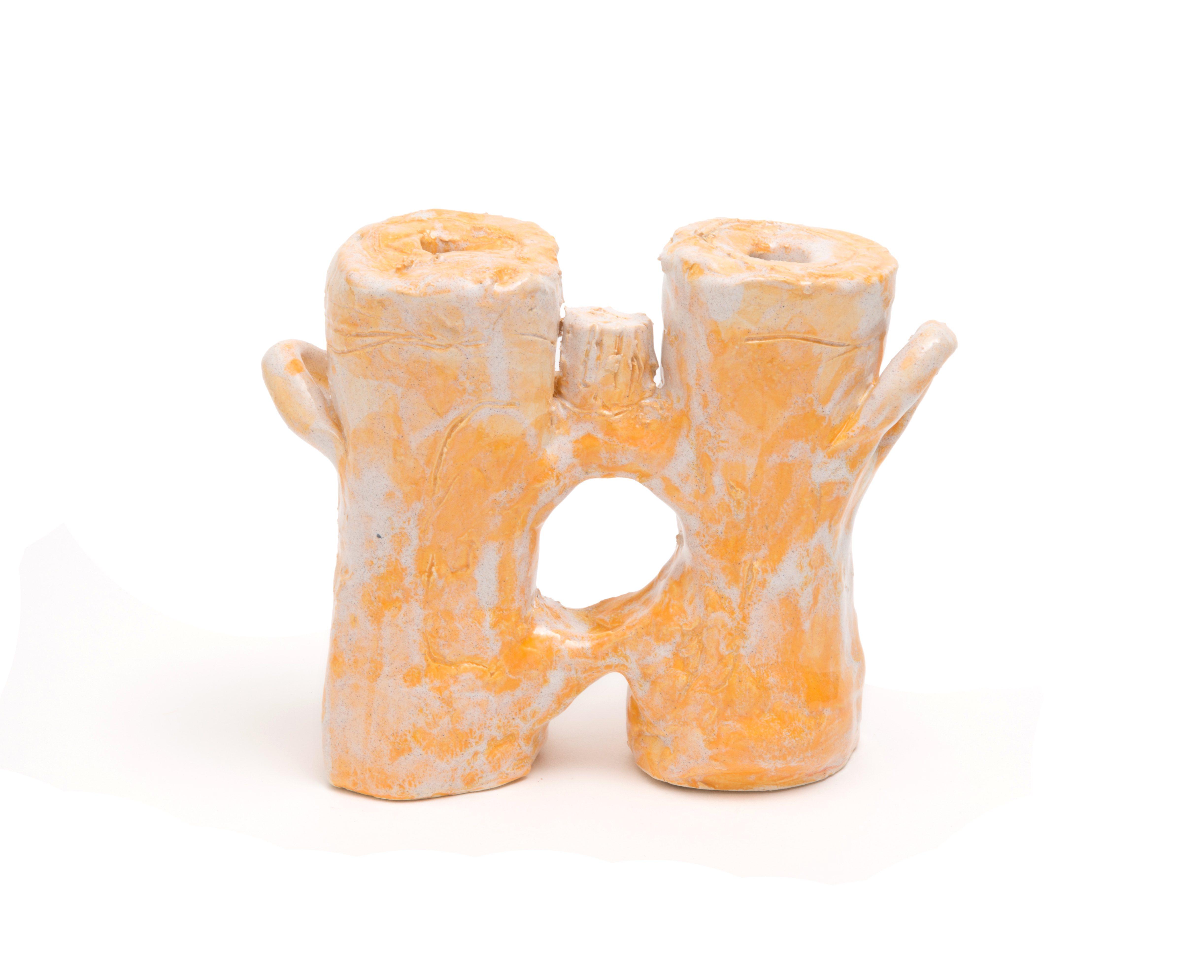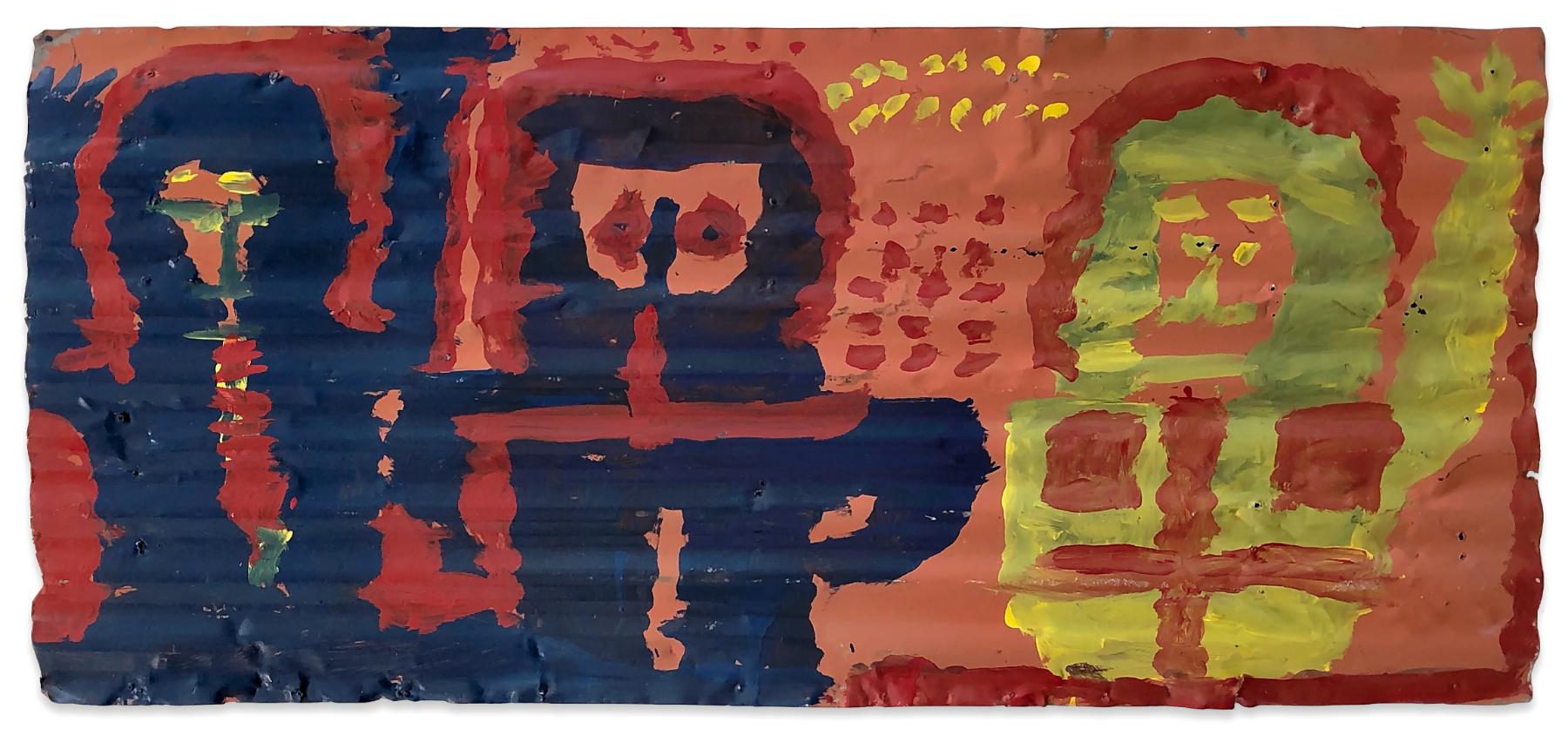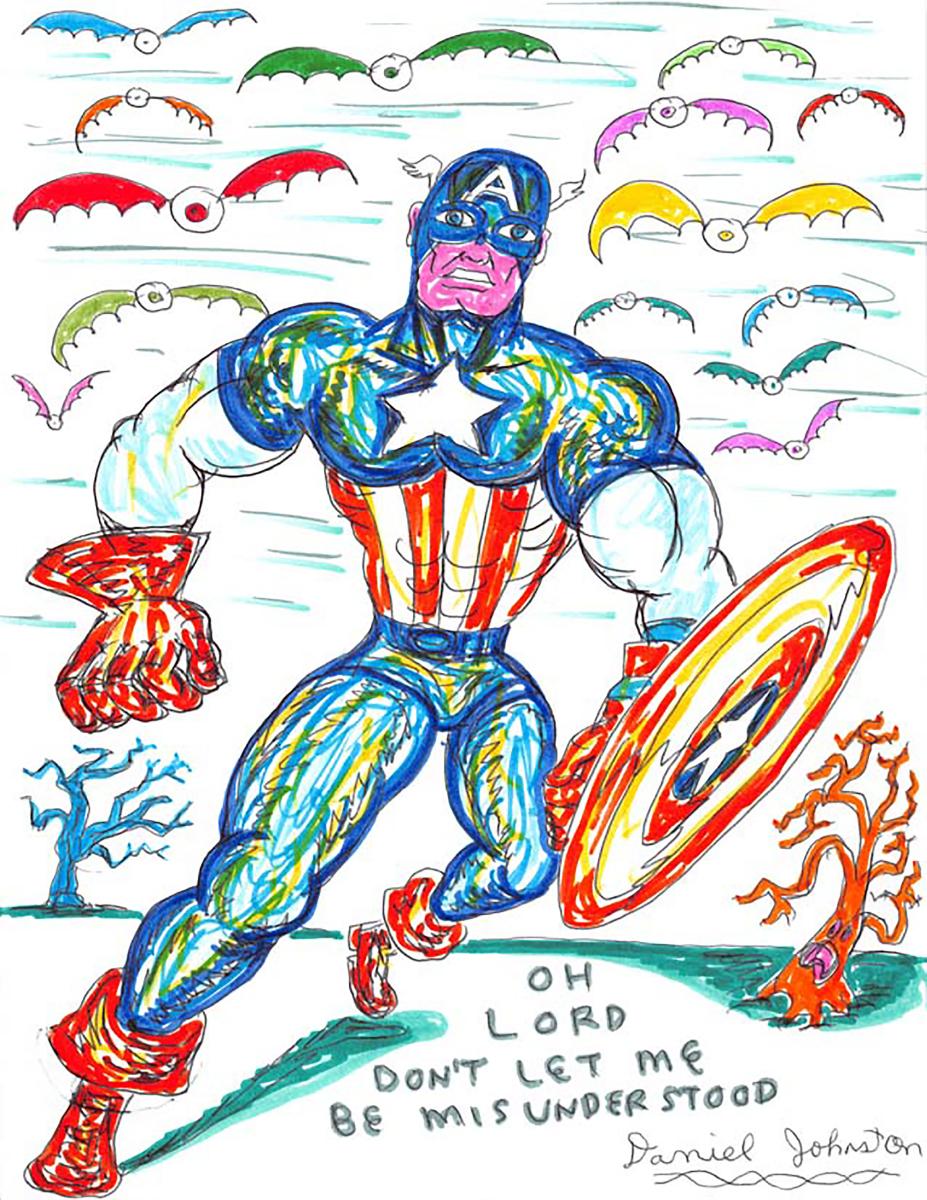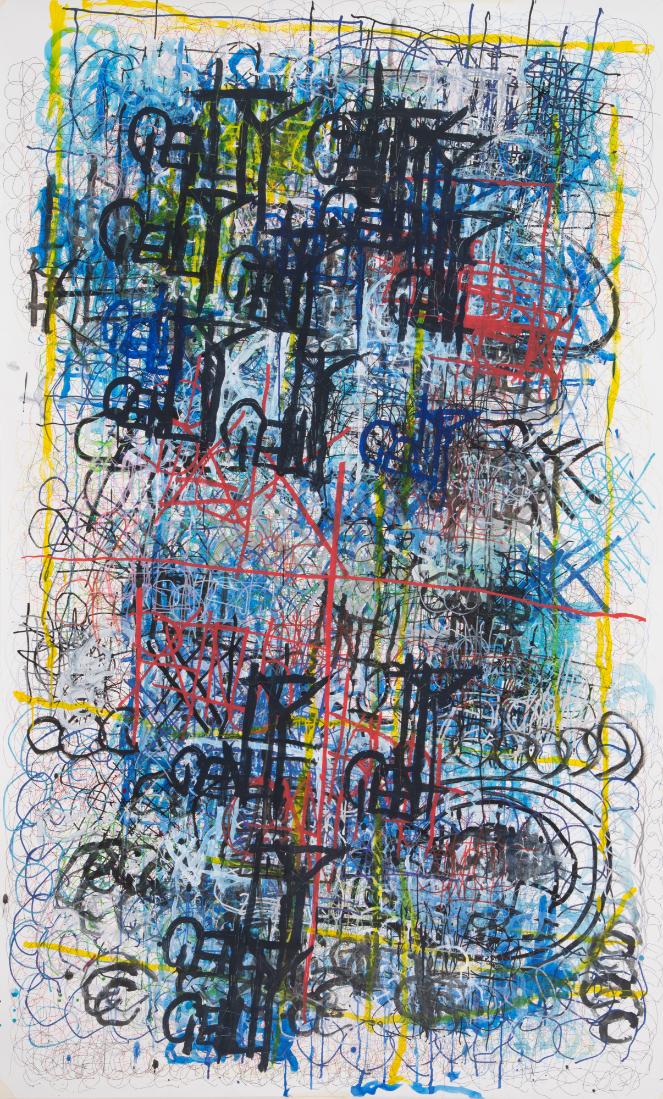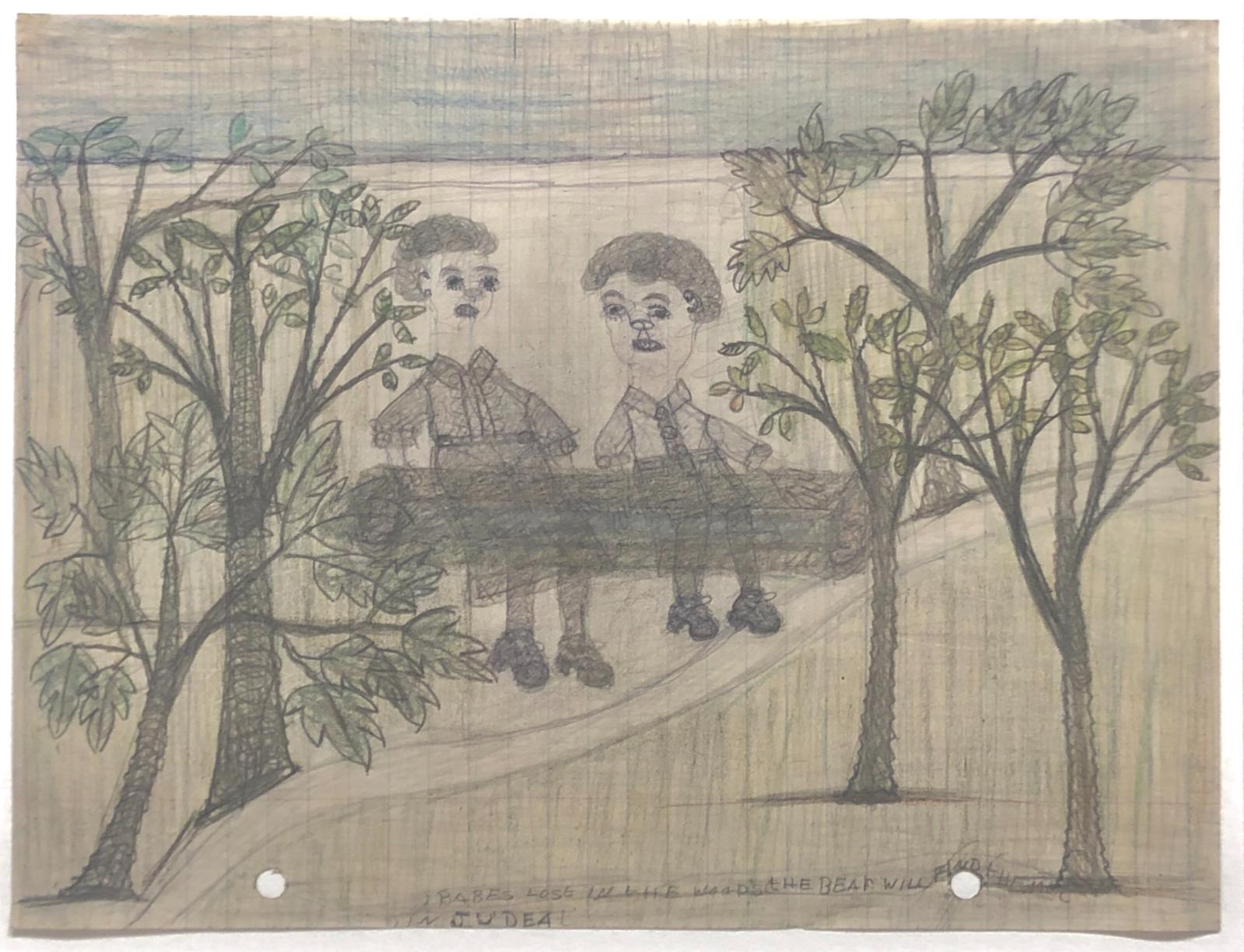Salon 94 Freemans will stage Semiotic Terrain: Art from Australia and New Zealand, featuring the work of three Aboriginal artists: Yukultji Napangati, Warlimpirrnga Tjapaltjarri and Mantua Nangala as well as Julian Martin and Alan Constable, two artists affiliated with Arts Project Australia, a space for artists with intellectual disabilities. Also featured are the drawings of Susan Te Kahurangi King, who first made a splash on the art world stage in 2014 after her solo exhibition in New York.
Shin Gallery will be hosting three exhibitions across its newly expanded space: Keep Your Lamps Trimmed and Burning, a showcase of African-American artists from the Deep South. Curated by Scott Ogden of SHRINE, the presentation will include works by Thornton Dial, Mary T. Smith, Ronald Lockett, Bill Traylor, and the Gee’s Bend Quiltmakers. The solo exhibition, The Realm of Minnie Evans, will offer works from The Daniel Collection, and Small World, a group show of small-scale works by self-taught artists will include works by Madge Gill, John Byam, Melvin Way, Morton Bartlett, and James Castle.




